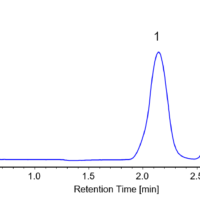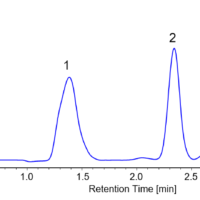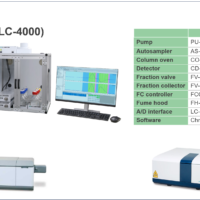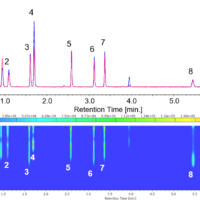Introduction
Glycyrrhiza known as one of natural medicines belongs to the legume family (Fabaceae) and has excellent positive effects on analgesic, anti-inflammatory, anti-gastralgia, antitussive/expectorant and detoxifying and is also used as a cold medicine. Glycyrrhizic acid contained richly in Glycyrrhiza is several tens to hundred times sweeter than sucrose and is used as natural sweetener.
In this article, after studying the separation of Glycyrrhizic acid from the extract of Glycyrrhiza powder using conventional HPLC system, the separation using scaled-up semi-preparative HPLC will be reported.
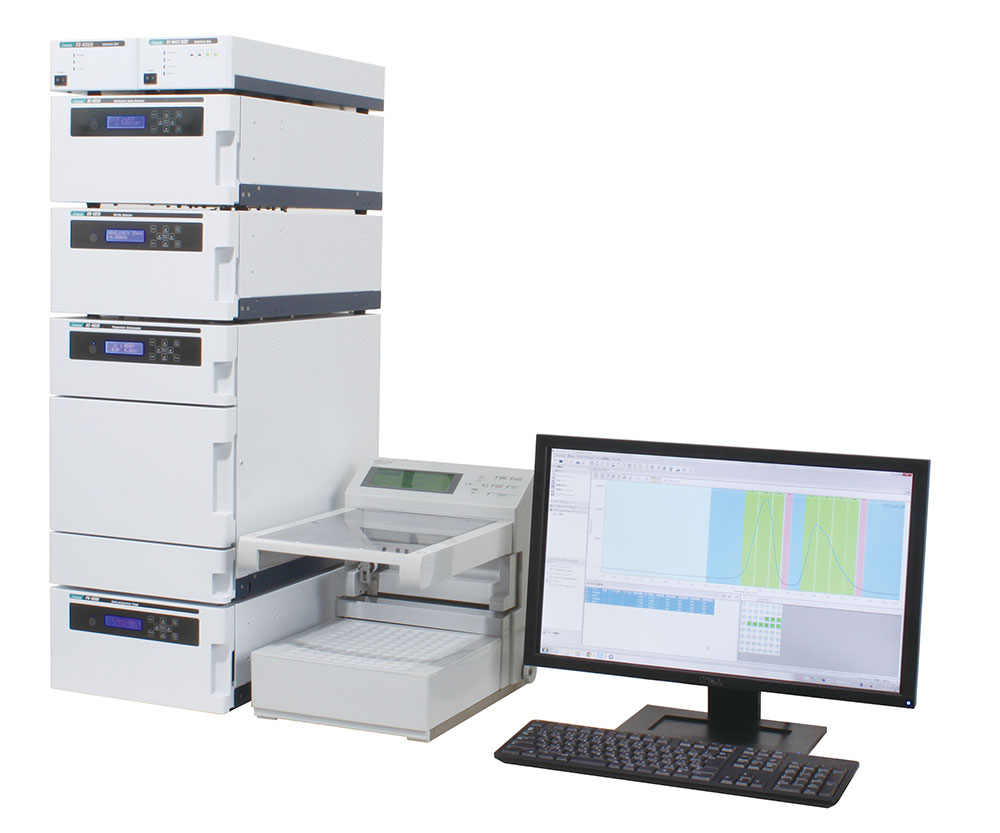
LC-4000 Semi-preparative HPLC system
Experimental
[Experimental conditions]
<Conventional HPLC>
Column: YMC-PACK Pro C18 (4.6 mm ID x 250 mmL, 5 µm)
Eluent: Acetonitrile / Water (35/65)
Eluent flow rate: 1.0 mL/min
Column temp.: 25 °C
Wavelemgth: 254 nm
Injection volume: 200 µL
Standard sample: Powdered Glycyrrhiza (0.5 g/100 mL in 50% ethanol)
<Semi-Preparative HPLC>
Column: YMC-PACK Pro C18 (20 mm ID x 250 mmL, 5 µm)
Eluent: Acetonitrile / Water (35/65)
Eluent flow rate: 15 mL/min
Column temp.: 25 °C
Wavelemgth: 254 nm
Injection volume: 5 mL
Standard sample: Powdered Glycyrrhiza (0.5 g/100 mL in 50% ethanol)
Figure 1 shows the structural formula of Glycyrrhizic acid.
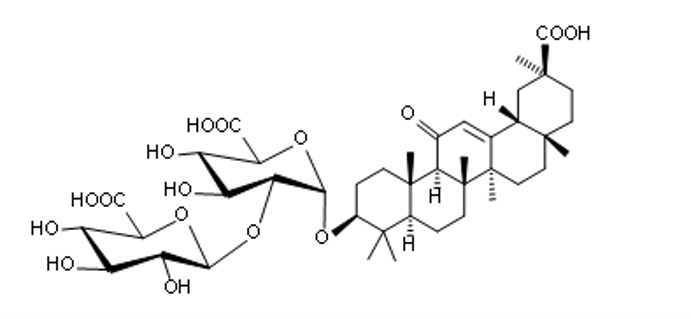
Figure 1. Structural Formula of Glycyrrhizic Acid
[Preparation (extraction)]
(1) Weigh precisely 0.5 g of powdered glycyrrhiza and put into the centrifuge tube.
(2) Add 60 mL of the diluted ethanol solution (ethanol/Water (50/50)) and mix for 15 minutes.
(3) Apply centrifugation (2000 rpm, 10 minutes) and put the supernatant into the 100 mL volumetric flask.
(4) Add 30 mL of diluted ethanol solution (ethanol/Water (50/50)) to the residue and implement the same procedure.
(5) Add the diluted ethanol solution to the collected supernatant in the volumetric flask to be 100 mL.
Keywords
Semi-preparative separation, Glycyrrhiza, Glycyrrhizic acid
Results
Figure 2 shows chromatogram and contour plot of the extracts from Glycyrrhiza powder by using conventional HPLC. Using PDA detector and by comparing spectra for improving the separation of the target from other components, it took 40 minutes for separation, but the good separation result was obtained.
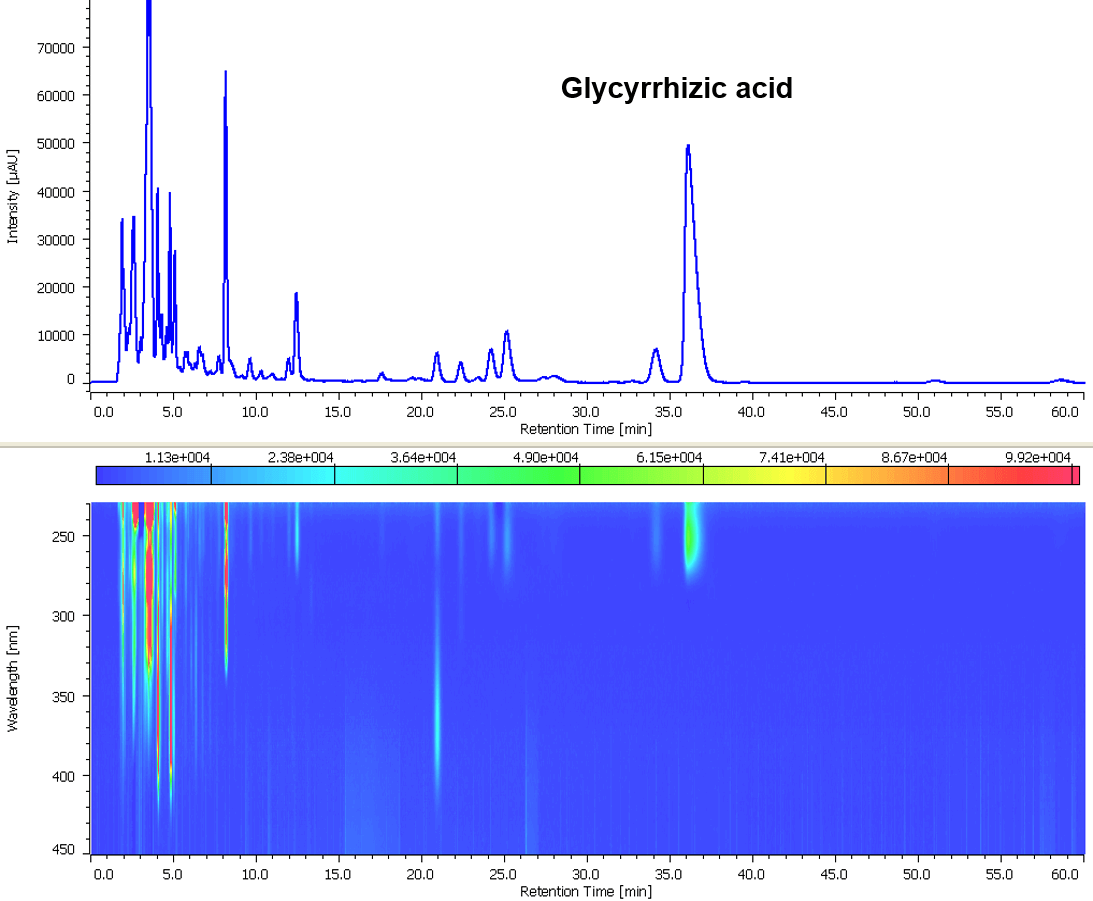
Figure 2. Chromatogram of the extracts from Glycyrrhiza powder
Figure 3 shows chromatogram using semi-preparative HPLC scaled-up from conventional HPLC. In order to collect the amount of Glycyrrhizic acid as much as possible, 5 mL of sample was injected. As shown in Figure 3, the separation efficiency was increased even at the sacrifice of the peak shape.
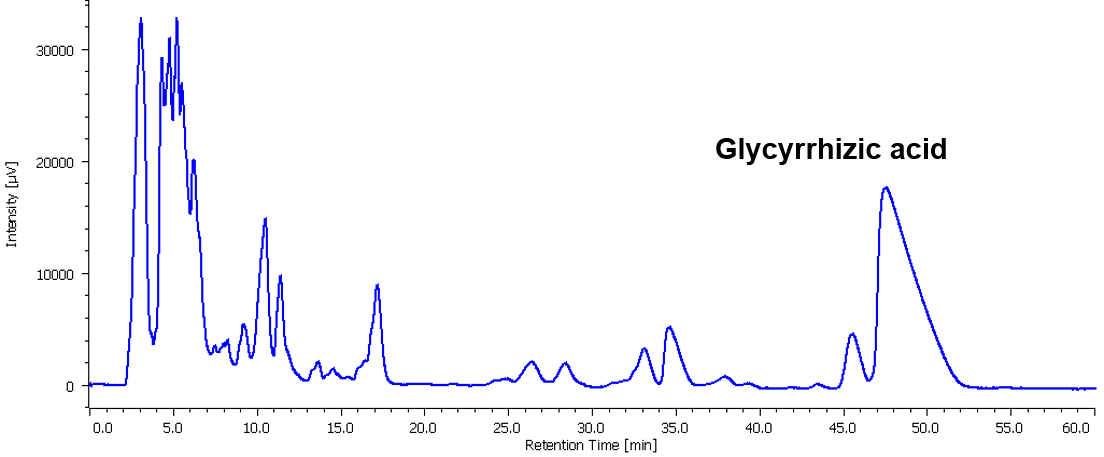
Figure 3. Semi-preparative chromatogram of the extracts from Glycyrrhiza powder
Figure 4 shows the fraction display in ChromNAV, JASCO Chromatography data system. The fractionated peaks and sample rack position for the target are highlighted with green color. It is shown that fractionated collection was performed by two vials.
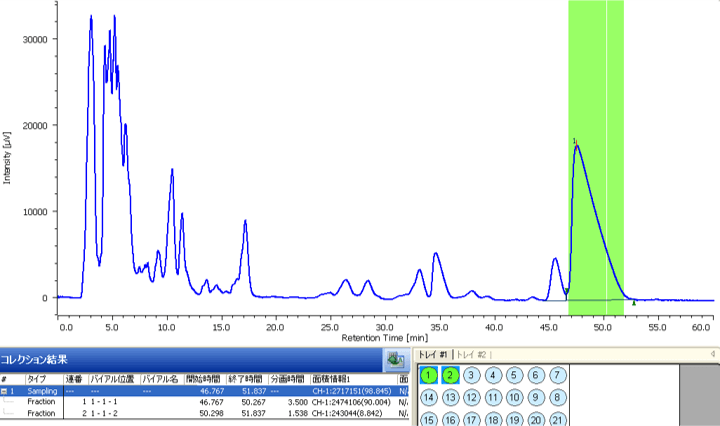
Figure 4. Fractionation result of the extracts from Glycyrrhiza powder (ChromNAV display)
Figure 5 shows chromatogram of this fraction under the same condition as in Figure 2. It is confirmed that Glycyrrhizic acid was isolated as single component.
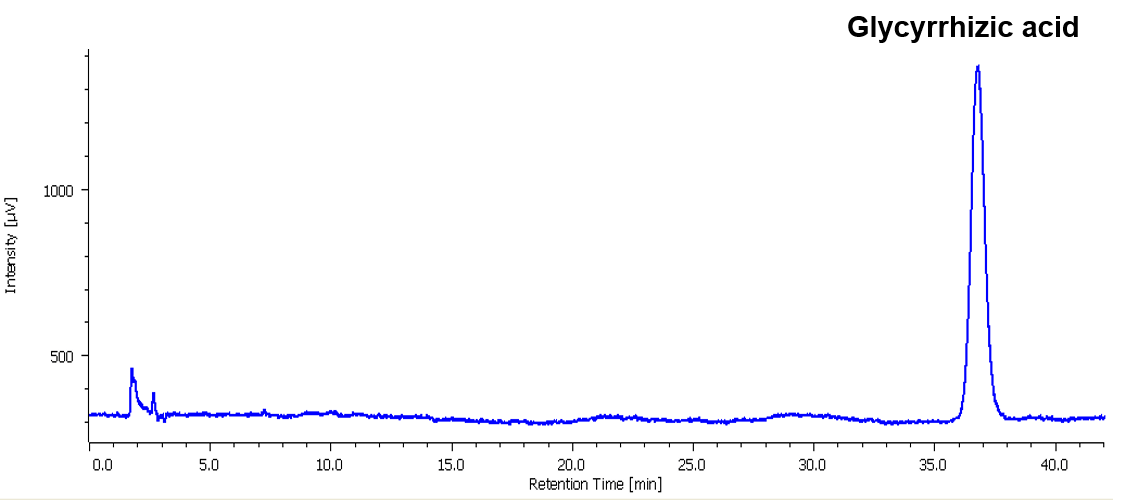
Figure 5. Chromatogram of fractionated compound (20 μL injected)

